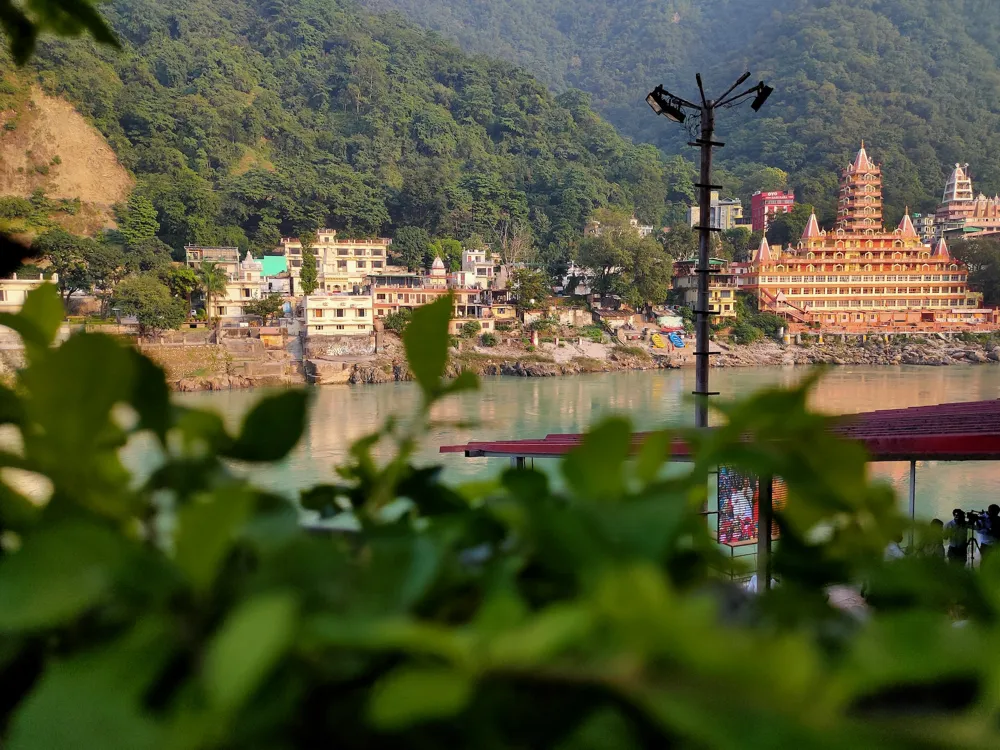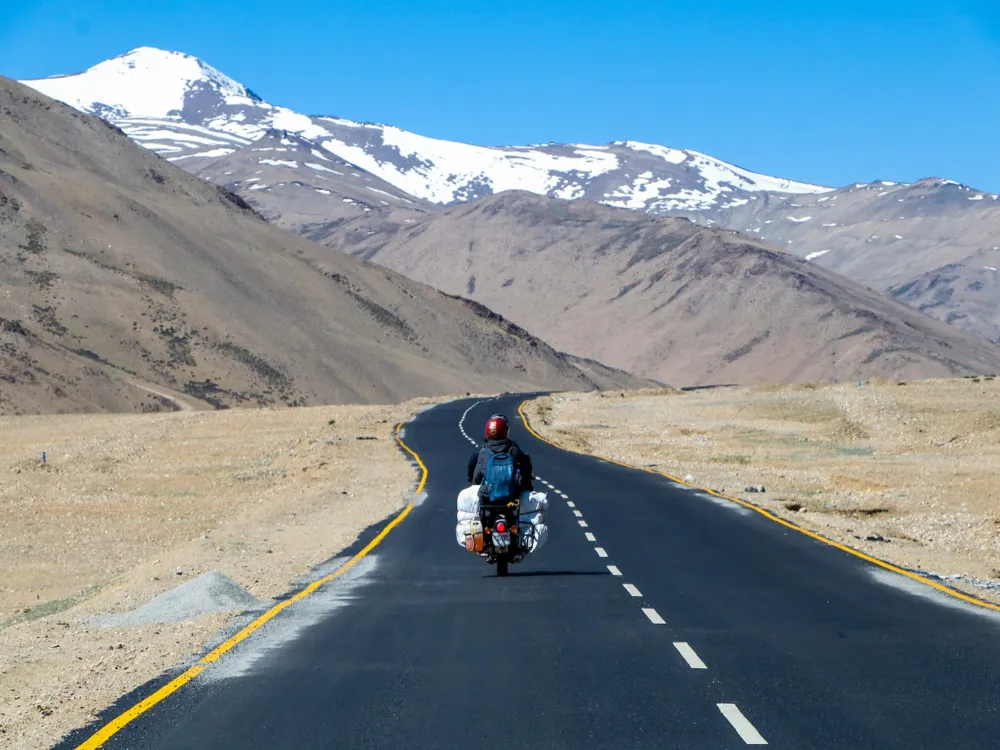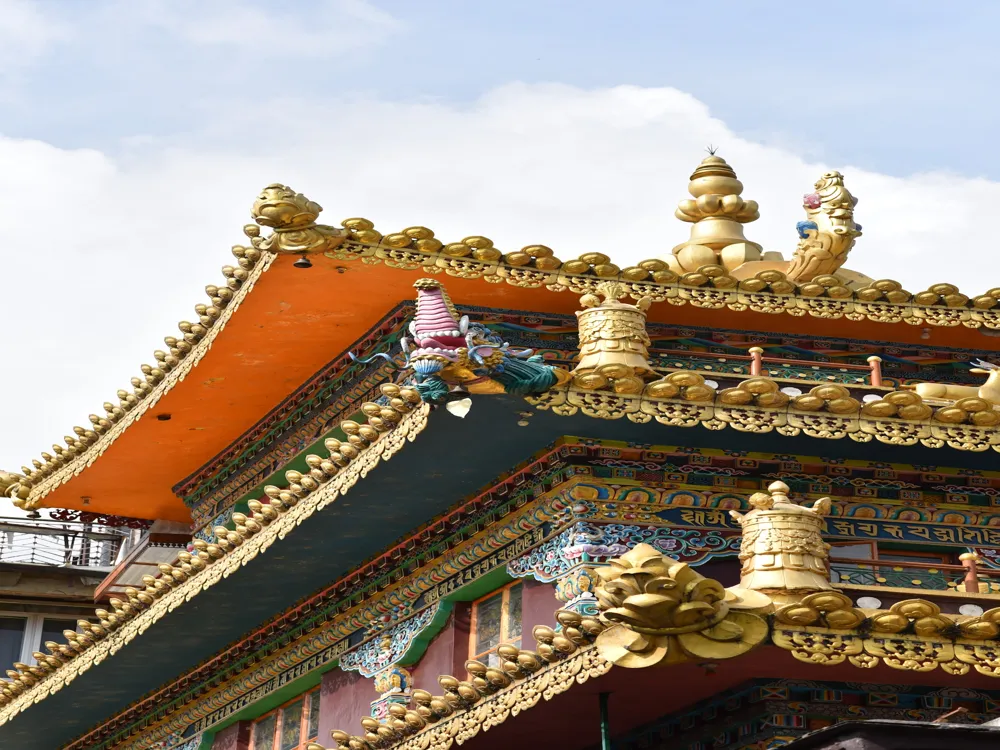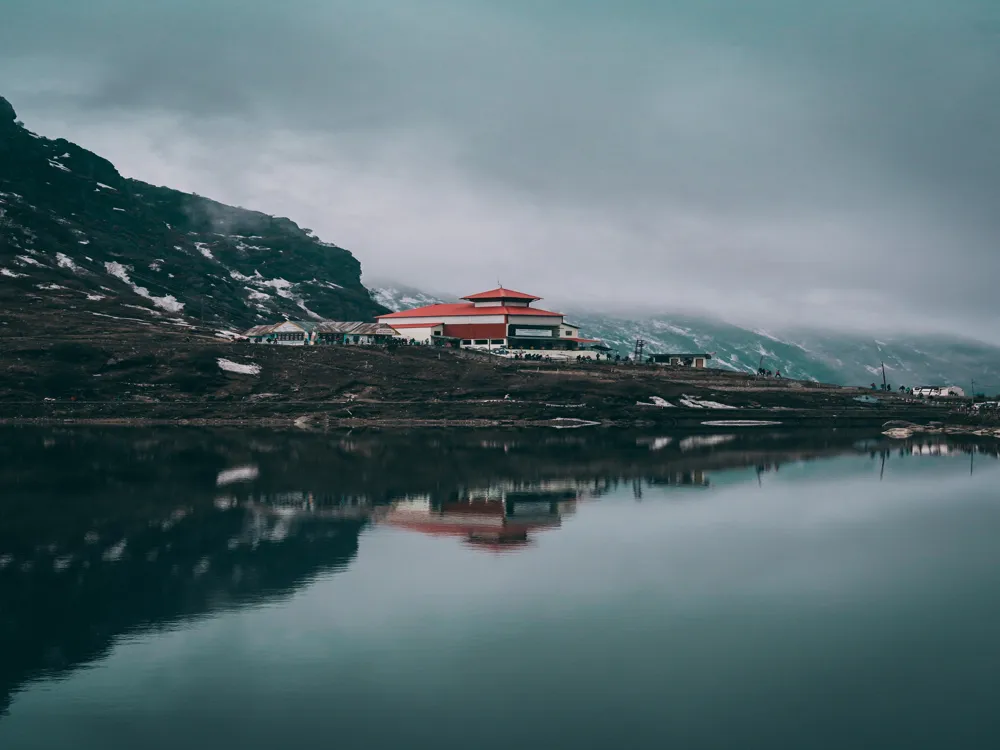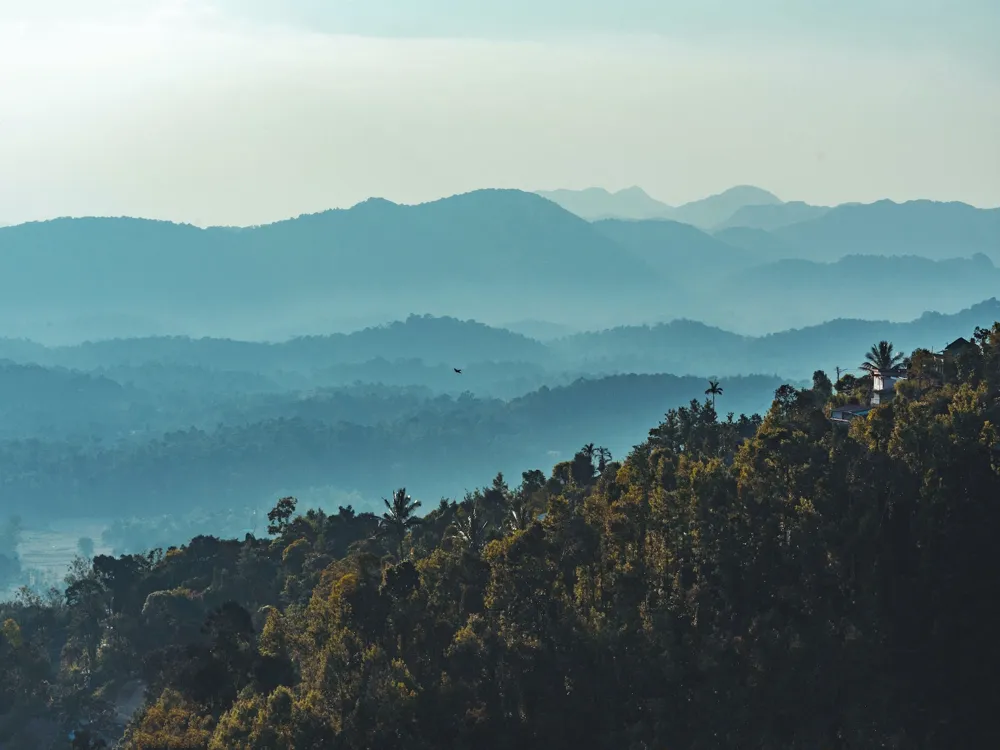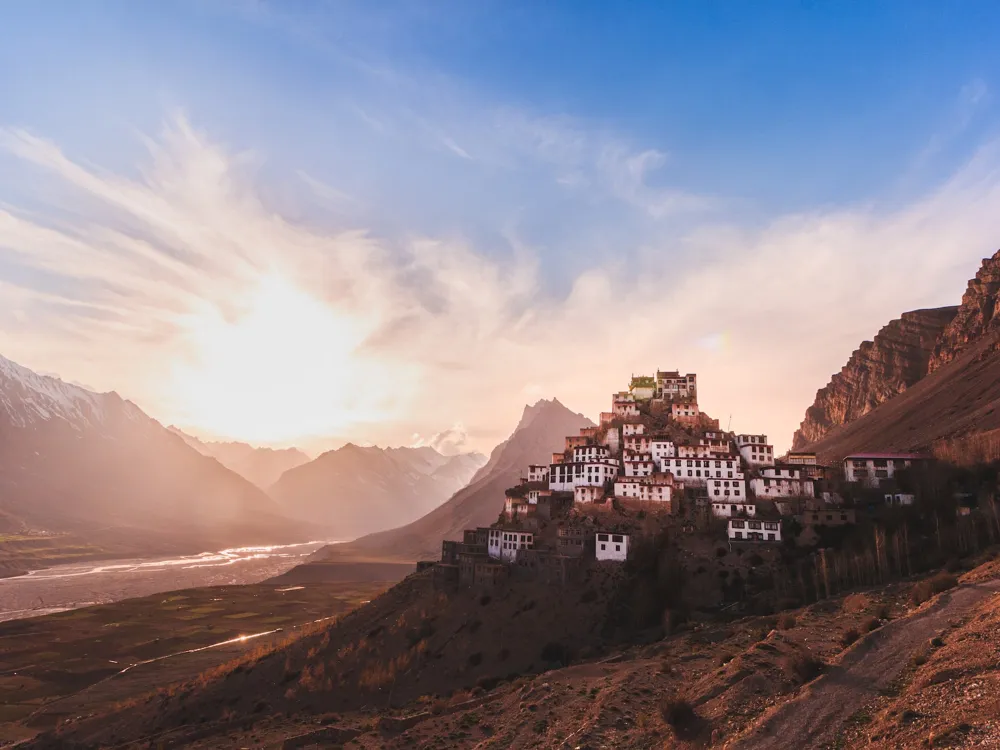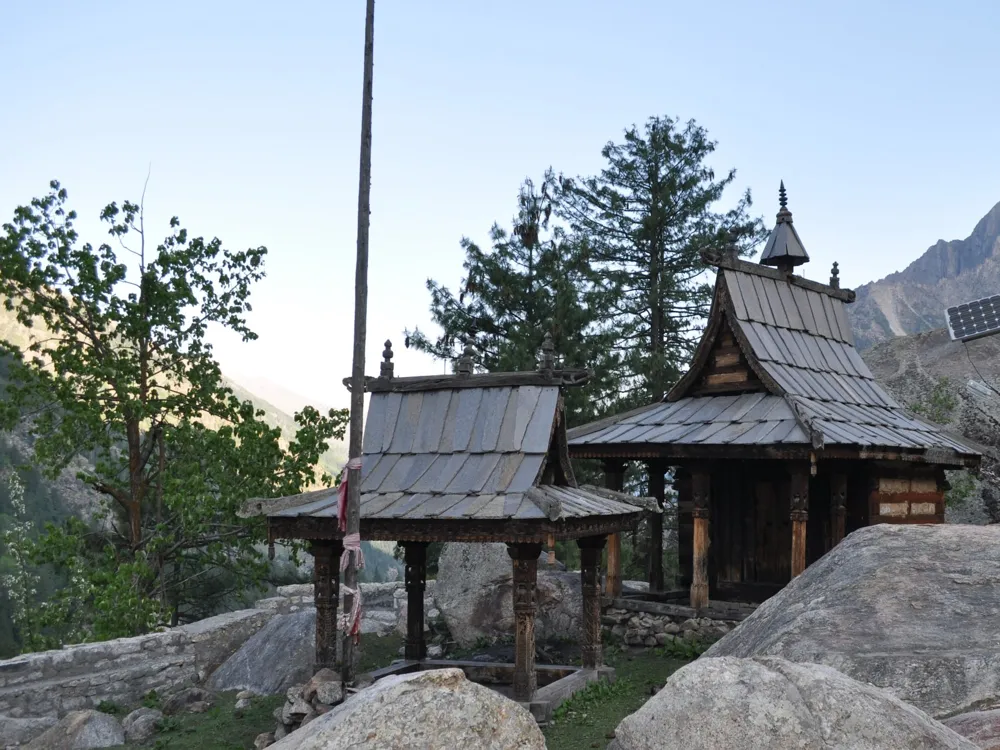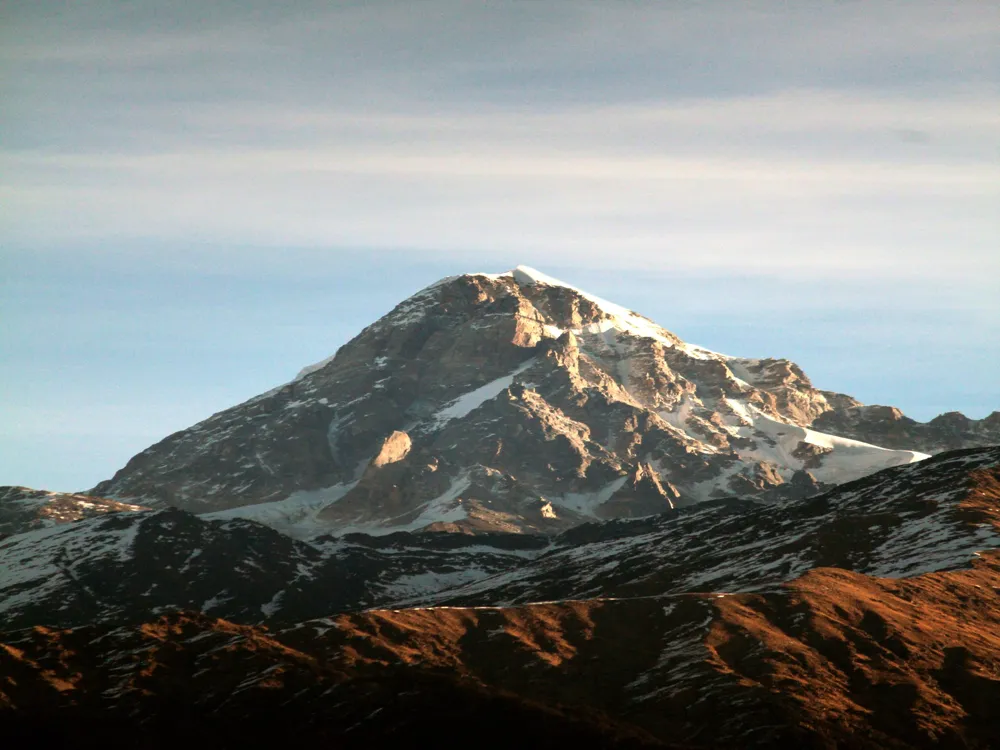Best Time to Visit Gaumukh
Uttarakhand India
42 out of 57 Places to visit in UttarakhandNaN onwards View Packages
Get Customized PackagesThe Land of Diversity
Top Hotel Collections

Private Pool

Luxury Hotels

5-Star Hotels

Pet Friendly
What is the Best Time to Visit Gaumukh?
Nestled in the breathtaking Garhwal Himalayas, Gaumukh is a destination that captivates the hearts of nature enthusiasts and adventure seekers alike. Choosing the right time to visit this pristine locale is crucial for an unforgettable experience. Let's delve into the intricacies of Gaumukh's seasonal variations, providing you with insights that will make your journey truly remarkable.
More about Best Time to Travel to Gaumukh
Travel Peak Season in Gaumukh
Gaumukh's peak season, extending from May to June, is a spectacle of nature's grandeur. During these months, the weather is mild, and the landscape is adorned with vibrant flowers, creating a picturesque panorama. This period is ideal for trekking and witnessing the mesmerizing Gangotri Glacier in its full glory.
Travel Offseason in Gaumukh
The offseason, spanning from November to March, offers a different charm. While the temperatures drop significantly, transforming Gaumukh into a winter wonderland, the solitude and tranquility are unparalleled. If you seek a serene escape and don't mind the chilly weather, the offseason might be your preferred time to explore Gaumukh.
Gaumukh Travel Packages
View All Packages For Gaumukh
Gaumukh in Shoulder Season
The shoulder season, encompassing September to October, and April, presents a delightful compromise between the peak and offseasons. The weather is relatively mild, making it an excellent time for trekking, with fewer crowds compared to the peak season.
Gaumukh in Hot Season
The hot season in Gaumukh, lasting from June to August, brings warmer temperatures. While the days can be warm, the nights remain cool, offering a pleasant climate for trekking. However, it's crucial to be prepared for occasional rain showers during this period.
Gaumukh in Rainy Season
The rainy season, from July to September, can be challenging for travel due to heavy rainfall. Landslides and swollen rivers may pose obstacles, making it less favorable for trekking. However, the lush greenery and the raw, untamed beauty of Gaumukh during the monsoon season are a sight to behold for the adventurous souls.
Gaumukh in Cool Season
The cool season, from October to March, is marked by crisp air and chilly temperatures. While trekking might be challenging, this period is perfect for those seeking a tranquil retreat amidst snow-capped peaks and serene landscapes.
Places To Visit In Gaumukh
Nearby Places Gaumukh
Gaumukh Photos
Browse Package Collections
Browse Hotel Collections
Faq
When is the best time to visit Gaumukh?
The best time to visit Gaumukh is during the summer months, from May to June, and the early part of autumn, from September to October. These months offer pleasant weather and clear views of the stunning surroundings.
What is the weather like at Gaumukh during the summer?
During the summer months (May to June), Gaumukh experiences mild temperatures ranging from 10 to 15 degrees Celsius. The days are pleasantly warm, making it an ideal time for trekking and exploring the region.
Is it advisable to visit Gaumukh during the monsoon season?
It is not recommended to visit Gaumukh during the monsoon season (July to August) due to heavy rainfall and the risk of landslides. The trails can be slippery and dangerous during this time, making it unsafe for trekking.
What is the weather like in Gaumukh during the autumn season?
The autumn months (September to October) offer cool and crisp weather with temperatures ranging from 5 to 10 degrees Celsius. The skies are generally clear, providing breathtaking views of the surrounding Himalayan peaks.
Are winters a good time to visit Gaumukh?
Winters (November to April) bring extremely cold temperatures, often dropping below freezing point. The region receives heavy snowfall, and trekking conditions become challenging. It is not recommended for casual tourists during this period.

















.webp)

